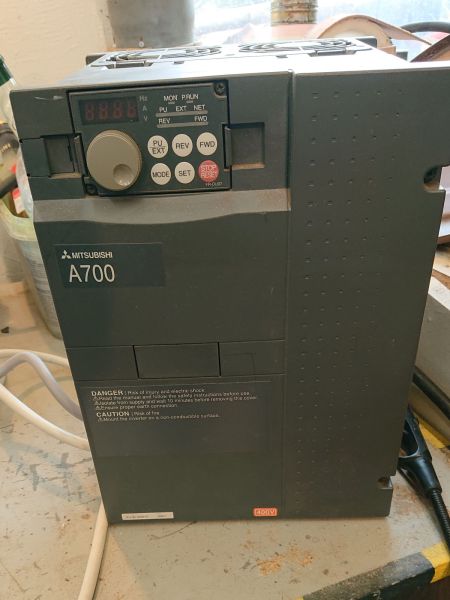I did not manage to finish a knife for my brother’s 50 birthday last year, for I nearly hacked off my finger with a hatchet. So I am rectifying the issue this year.
This is the blade that was hardened when I was working on the rondel dagger. It is not a perfect blade, aesthetic-vise. I messed up the polish a few times and I had to eventually stop trying to correct it otherwise the knife would turn into a small razor. It is a good universal kitchen knife, very good cutter, I am just not happy with the surface finish. But it is either this or nothing and this year I want to give my brother a knife I know he wants. He is going to appreciate it even with the flaws.
I tried to make up for the flaws with the handle, so I have used a piece of partially rotten lilac branch that I have harvested last fall. It is just stunningly beautiful wood and this is probably the prettiest knife handle I have made so far. The wood is rock-hard with tiny pores (lilac is one of those woods that can take 1000 grit polish without dirtying) and would probably hold up well even without the boat lacquer coating. But it was partially rotten, so the outlying regions were not only discolored, but also softer, so I soaked it in boat lacquer to stabilize it. With the coating, it should be near indestructible.
The lilac-colored heartwood will probably age into dark brown over the years, but it might take a really long time since the branch was already several years dead when I cut it off.









































